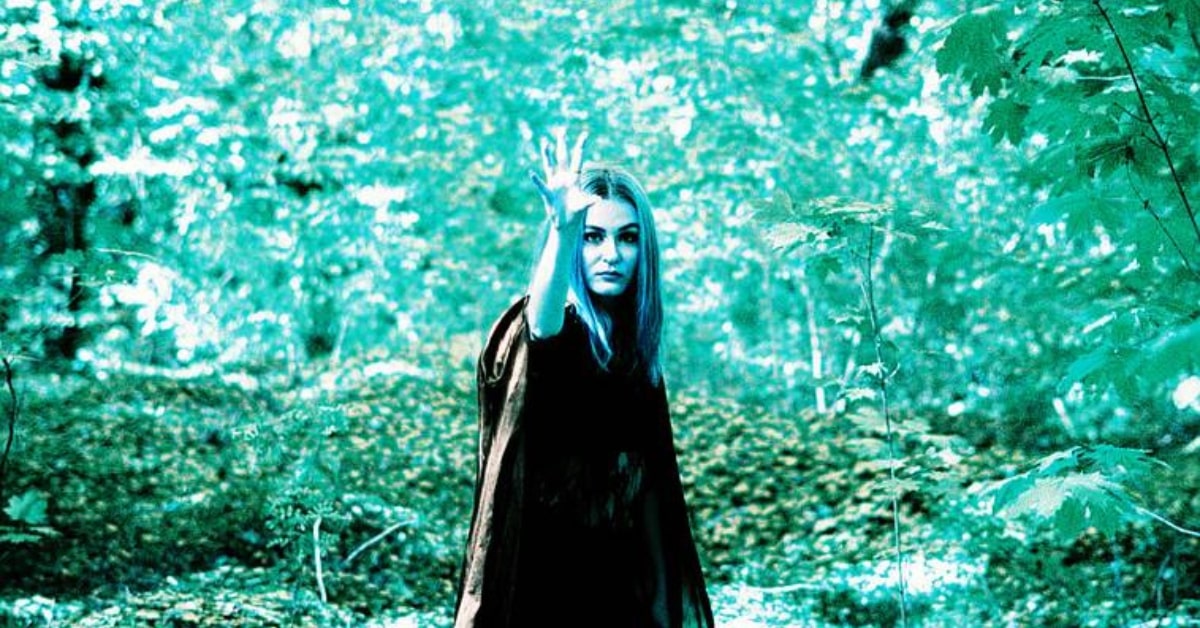Lomo photography, short for Lomography, is a vibrant and creative form of analog photography that celebrates spontaneity, experimentation, and artistic expression. Characterized by its distinctive aesthetic, bold colors, and unexpected compositions, lomo photography embraces imperfections and embraces the beauty of the unexpected. In this guide, we’ll dive into the world of lomo photography, exploring its history, techniques, and tips for creating captivating images that capture the essence of life through a unique lens.
Understanding Lomo Photography
Lomo photography traces its roots back to the early 1990s when a group of Austrian photography enthusiasts discovered the Lomo LC-A, a compact and inexpensive film camera manufactured in the Soviet Union. Inspired by the camera’s unique characteristics, including its vignetting, light leaks, and saturated colors, the group began experimenting with different shooting techniques and creative approaches to photography. Thus, the Lomographic movement was born, dedicated to embracing the spontaneity and imperfections of analog photography.
Why Does Lomo Photography Matter?
Lomo photography offers a refreshing alternative to digital photography’s perfectionism and precision, encouraging photographers to embrace imperfections and celebrate the unexpected. In a world dominated by digital technology, lomo photography reconnects us with the tactile and tangible nature of the film, fostering a sense of nostalgia and authenticity. By encouraging experimentation and creativity, lomo photography empowers photographers to explore new ways of seeing and expressing themselves through their images.
Key Techniques in Lomo Photography
- Embrace Imperfections: One of the hallmarks of lomo photography is its embrace of imperfections. Embrace light leaks, vignetting, and other quirks of your camera to add character and charm to your images. Don’t be afraid to experiment with different films, cameras, and shooting techniques to discover unique and unexpected results.
- Shoot From the Hip: Lomo photography is all about spontaneity and capturing the moment as it happens. Experiment with shooting from the hip or without looking through the viewfinder to capture candid and unposed shots that reflect the energy and authenticity of the moment.
- Experiment with Film: Experimentation is key to lomo photography. Try shooting with different types of film, including color negative, slide, and black and white, to achieve different looks and effects. Explore expired film, cross-processing, and double exposure techniques to push the boundaries of creativity and create visually striking images.
- Play with Composition: Lomo photography encourages unconventional compositions and unexpected angles. Experiment with framing, perspective, and framing to create dynamic and visually interesting images that challenge the viewer’s expectations.
Lomo Photography Process: Step-by-Step
- Choose Your Camera: Start by choosing a Lomo camera that suits your style and preferences. Popular options include the Lomo LC-A, Diana F+, Holga, and La Sardina, each with its unique characteristics and quirks.
- Select Your Film: Select a film that complements your creative vision and shooting conditions. Experiment with different types of film, including color negative, slide, and black and white, to achieve different looks and effects.
- Experiment with Shooting Techniques: Experiment with different shooting techniques and approaches to lomo photography. Try shooting from the hip, using long exposures, or experimenting with multiple exposures to create unique and unexpected results.
- Develop and Scan Your Film: Once you’ve finished shooting, take your film to a trusted lab for development and scanning. Choose a lab that specializes in analog photography and can handle the unique characteristics of lomo film.
- Post-Processing: After scanning your film, you may choose to post-process your images to enhance their appearance. Use editing software to adjust exposure, contrast, and color balance, but be mindful not to over-process your images and lose the distinctive lomo aesthetic.
Benefits of Lomo Photography
- Creativity: Lomo photography encourages creativity and experimentation, empowering photographers to explore new techniques and approaches to image-making.
- Authenticity: Lomo photography celebrates the authenticity and imperfection of analog photography, reconnecting us with the tactile and tangible nature of film.
- Community: Lomo Photography has a vibrant and passionate community of enthusiasts around the world, who share their love for analog photography and inspire each other to push the boundaries of creativity.
FAQs
What is the best lomo camera for beginners?
For beginners, the Lomo LC-A is a great choice. It’s compact, easy to use, and produces stunning images with its distinctive lomo aesthetic.
Can I achieve lomo effects with digital photography?
While lomo photography is traditionally associated with analog film cameras, you can achieve lomo effects with digital photography using editing software such as Adobe Photoshop or Lightroom.
How can I join the lomo photography community?
The lomo photography community is active on social media platforms such as Instagram, Flickr, and Facebook.
This page was last edited on 28 February 2024, at 4:13 pm
